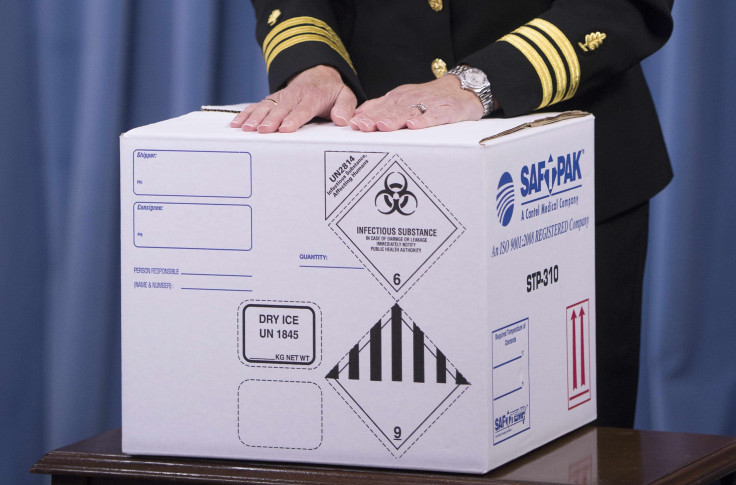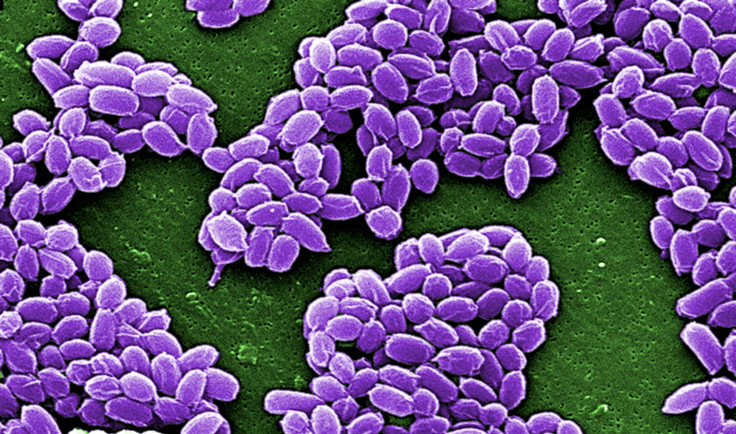Live Anthrax Shipped To Dozens Of Labs Across US And 7 Other Nations In Past 12 Years: Report

The United States military mistakenly shipped live anthrax to dozens of laboratories across the country and to seven other nations over the past decade, a U.S. Department of Defense review into the incident found Thursday. The government called the shipment “a massive institutional failure” and promised to take steps to ensure such a blunder never happens again.
After the incident was unfolded, authorities conducted a 30-day review of the procedures, processes and protocols used for inactivating anthrax spores by four labs that handle anthrax. The labs were the U.S. Army’s facilities at Dugway Proving Ground (DPG) in Utah, and the rest in Maryland -- Edgewood Chemical Biological Center, the Army Medical Research Institute of Infectious Diseases and the Naval Medical Research Center.
“We know over the past 12 years, 86 laboratories in 20 states, the District of Columbia, and seven foreign countries ultimately received what were supposedly inactivated spores that originated at Dugway,” U.S. Deputy Defense Secretary Bob Work said in a statement, adding that the numbers could increase with secondary shipments, which the Centers for Disease Control is responsible for tracking.
All the labs that received live anthrax were allowed to send samples to other places, making it difficult for the U.S. authorities to account for all the samples. The countries to which the samples were sent included Australia, Britain, Canada, Germany, Italy, Japan and South Korea. No illness have been linked to the live anthrax, but 21 people, who came into direct contact with the samples, were reportedly given antibiotics as a precautionary measure.

The report blamed defective specimen killing and poor testing procedures at the Dugway facility, accusing it of conducting much less testing than other military facilities.
“The development and implementation of ineffective irradiation and viability testing procedures took place over the last decade,” the report said, according to Agence France-Presse (AFP). “This represents an institutional problem at DPG and does not necessarily reflect on any one individual.”
The U.S. military revealed the erroneous handling of the anthrax samples at the end of May, saying a specimen used in a training exercise may not have been deactivated. The authorities subsequently said that they had discovered even more suspected shipments of live anthrax than previously thought, both in the U.S. and abroad, prompting the military to order a probe.
“We are shocked by these failures,” Work said in the statement. “DoD takes full responsibility for these failures, and we are implementing changes and recommending the establishment of procedures, processes and protocols that will prevent such a biohazard safety failure does not happen again.”
© Copyright IBTimes 2024. All rights reserved.






















